If you're looking to create an inviting and cozy outdoor living space, adding lighting is a must. However, with so many different types of lights available, it can be overwhelming to choose the best one for your backyard. In this article, we'll explore the different types of LED lights available for backyards and provide tips on how to choose the best one for your space.
Types of LED Lights for Backyards
There are three main types of LED lights that are commonly used in backyards: floodlights, pathway lights, and string lights.
Floodlights
Floodlights are bright, powerful lights that are typically used to illuminate a large area. They are perfect for lighting up a patio or deck, as well as highlighting specific features in your backyard, such as trees or water features.
Advantages:
- Provides bright and wide coverage
- Ideal for security purposes
- Durable and long-lasting
Pathway Lights
Pathway lights are smaller, low-level lights that are typically used to line a walkway or pathway. They are perfect for adding a subtle and cozy touch to your backyard, while also making it safer to navigate in the dark.
Advantages:
- Provides a warm and subtle glow
- Energy-efficient
- Easy to install
String Lights
String lights are a popular choice for creating a cozy and romantic atmosphere in your backyard. They are typically hung across the length of the space, creating a warm and inviting ambiance.
Advantages:
- Provides a warm and cozy atmosphere
- Easy to install
- Budget-friendly
Factors to Consider When Choosing LED Lights for Backyards
When choosing LED lights for your backyard, there are several factors to consider to ensure that you make the best choice for your space.
Brightness
Brightness is an important factor to consider when choosing LED lights for your backyard. If you want to create a bright and welcoming space, floodlights may be the best option for you. However, if you're looking to create a cozy and intimate atmosphere, string lights or pathway lights may be a better choice.
Color Temperature
The color temperature of LED lights can have a significant impact on the mood and ambiance of your backyard. Cool white lights (5000-6500K) are ideal for security purposes, while warm white lights (2700-3000K) are great for creating a cozy and inviting atmosphere.
Energy Efficiency
LED lights are known for their energy efficiency, so it's important to choose lights that are designed to consume less energy. This will not only help you save money on your electricity bill but also reduce your carbon footprint.
Durability
Backyard lights are exposed to the elements, so it's important to choose lights that are durable and can withstand different types of weather conditions. Make sure to choose lights that are weather-resistant and have a high IP rating.
Installation
The installation process of LED lights varies depending on the type of lights you choose. Floodlights and pathway lights may require more complex installation, while string lights are usually easy to install. Make sure to choose lights that you feel comfortable installing on your own or hire a professional to install them for you.
How to Install LED Lights in Your Backyard
Installing LED lights in your backyard may seem intimidating, but it can be done with a little bit of planning and preparation. Here are the basic steps to follow:
Preparation
Before installing LED lights in your backyard, make sure to do the following:
- Gather all the necessary tools and materials
- Choose the location where you want to install the lights
- Ensure that the electrical wiring is up to code and safe to use
- Turn off the power supply to the area where you'll be installing the lights
Planning
Once you've completed the preparation phase, it's time to plan the installation. Here are the basic steps to follow:
- Determine the number of lights you'll need and their placement
- Measure the distance between the lights
- Draw a diagram or map of the installation area
- Determine the power source for the lights
Installation
Now it's time to install the lights. Here are the basic steps to follow:
- Install the mounting brackets or stakes
- Connect the lights to the electrical wiring
- Test the lights to ensure they're working properly
- Adjust the angle and direction of the lights as needed
Troubleshooting
If you encounter any issues during the installation process, here are some troubleshooting tips:
- Check the wiring connections to ensure they're secure
- Check the power supply to ensure it's working properly
- Make sure the lights are properly grounded
- Consult the installation manual for additional troubleshooting tips
Conclusion
Choosing the best LED lights for your backyard can enhance the look and feel of your outdoor space, while also improving safety and security. By considering factors such as brightness, color temperature, energy efficiency, durability, installation, and price, you can make an informed decision about the type of lights that will work best for your backyard.
FAQs
- Can LED lights be used in all types of weather?
- LED lights are designed to withstand different types of weather conditions, but it's important to choose lights that are weather-resistant and have a high IP rating.
- How long do LED lights last?
- LED lights can last up to 50,000 hours, which is significantly longer than traditional incandescent bulbs.
- Are LED lights safe for the environment?
- LED lights are more eco-friendly than traditional incandescent bulbs because they consume less energy and contain fewer hazardous materials.
- Can I install LED lights in my backyard on my own?
- The installation process of LED lights varies depending on the type of lights you choose. While some lights may be easy to install, others may require more complex installation. It's important to choose lights that you feel comfortable installing on your own or hire a professional to install them for you.
- How do I know what color temperature is best for my backyard?
- If you want to create a cozy and inviting atmosphere, warm white lights (2700-3000K) are a great option. If you want to improve security, cool white lights (5000-6500K) are more appropriate.



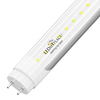
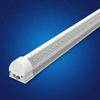
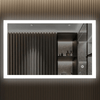


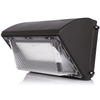


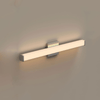




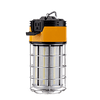
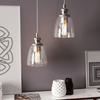


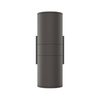










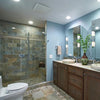
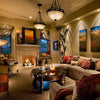
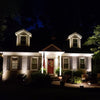
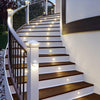

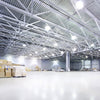
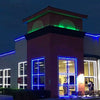



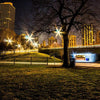

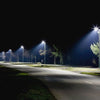




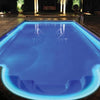
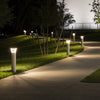
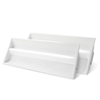




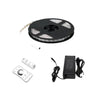


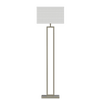

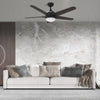






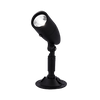
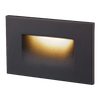


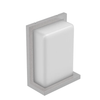

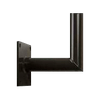
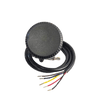
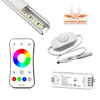




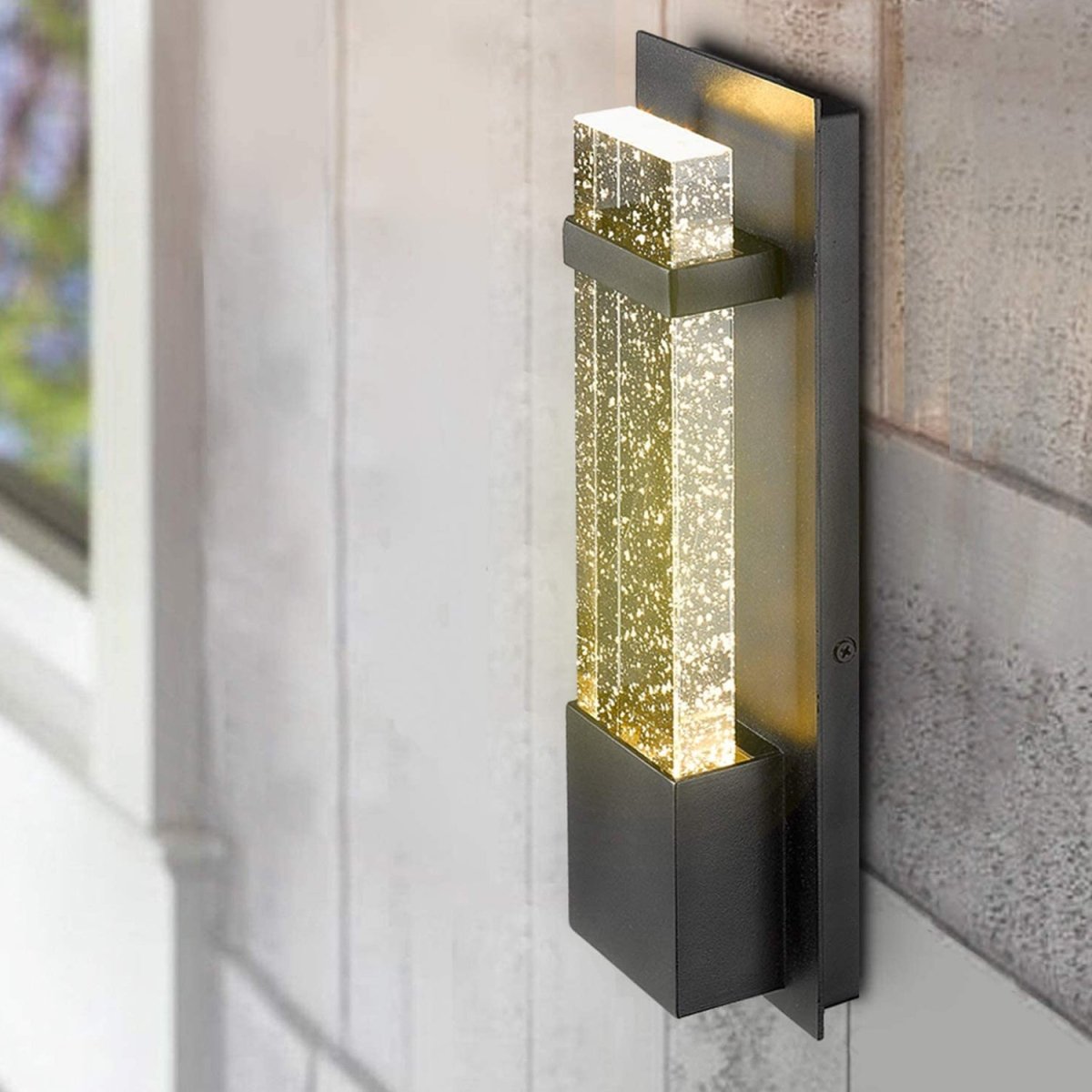
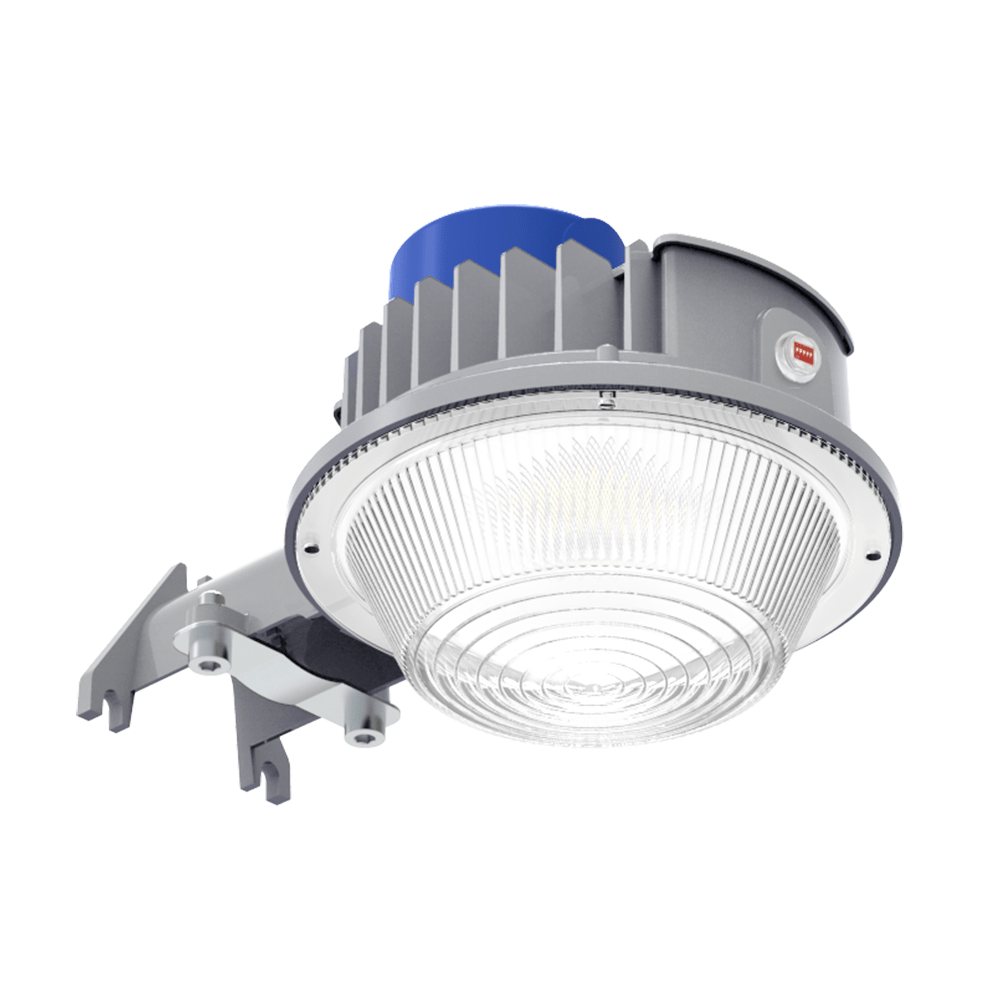
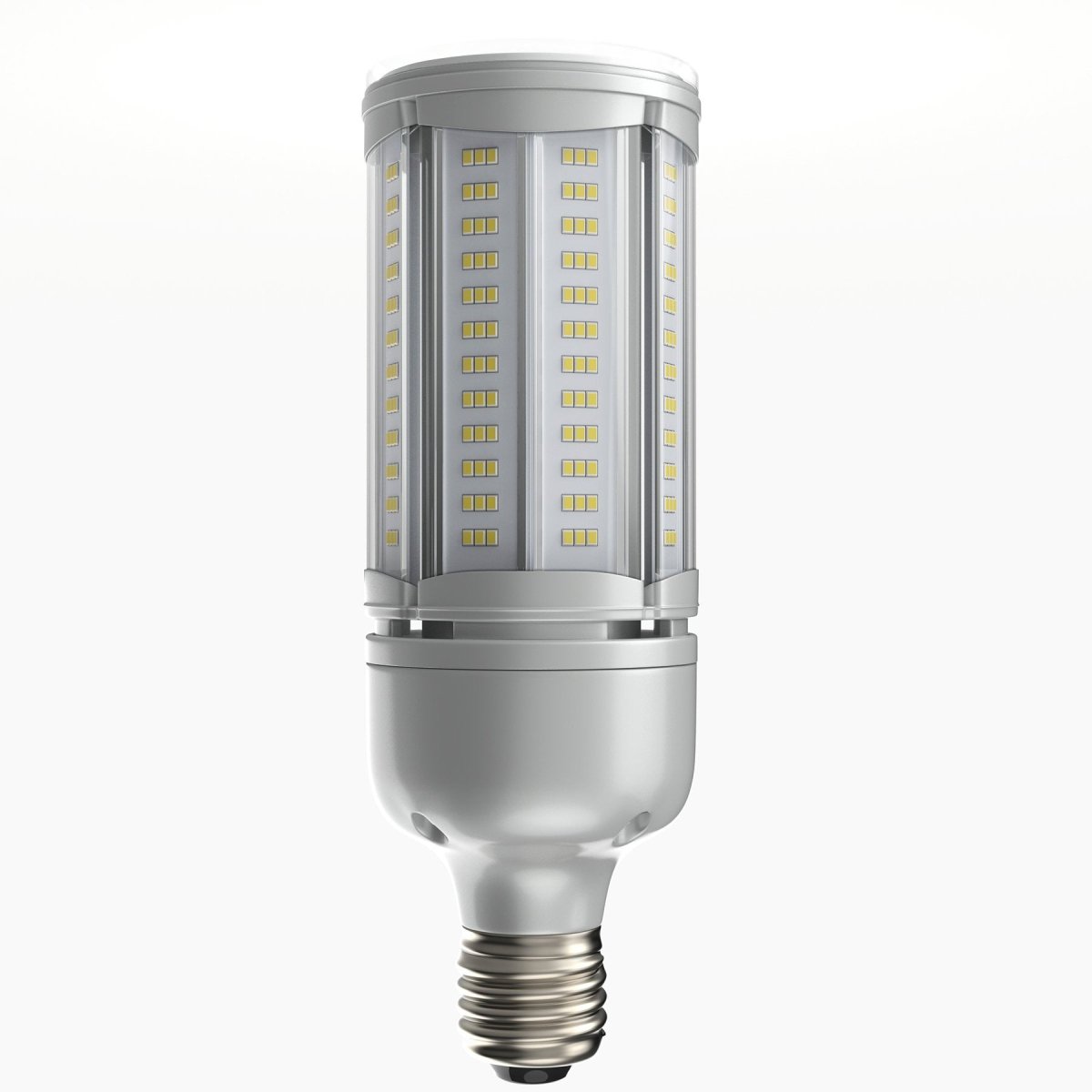
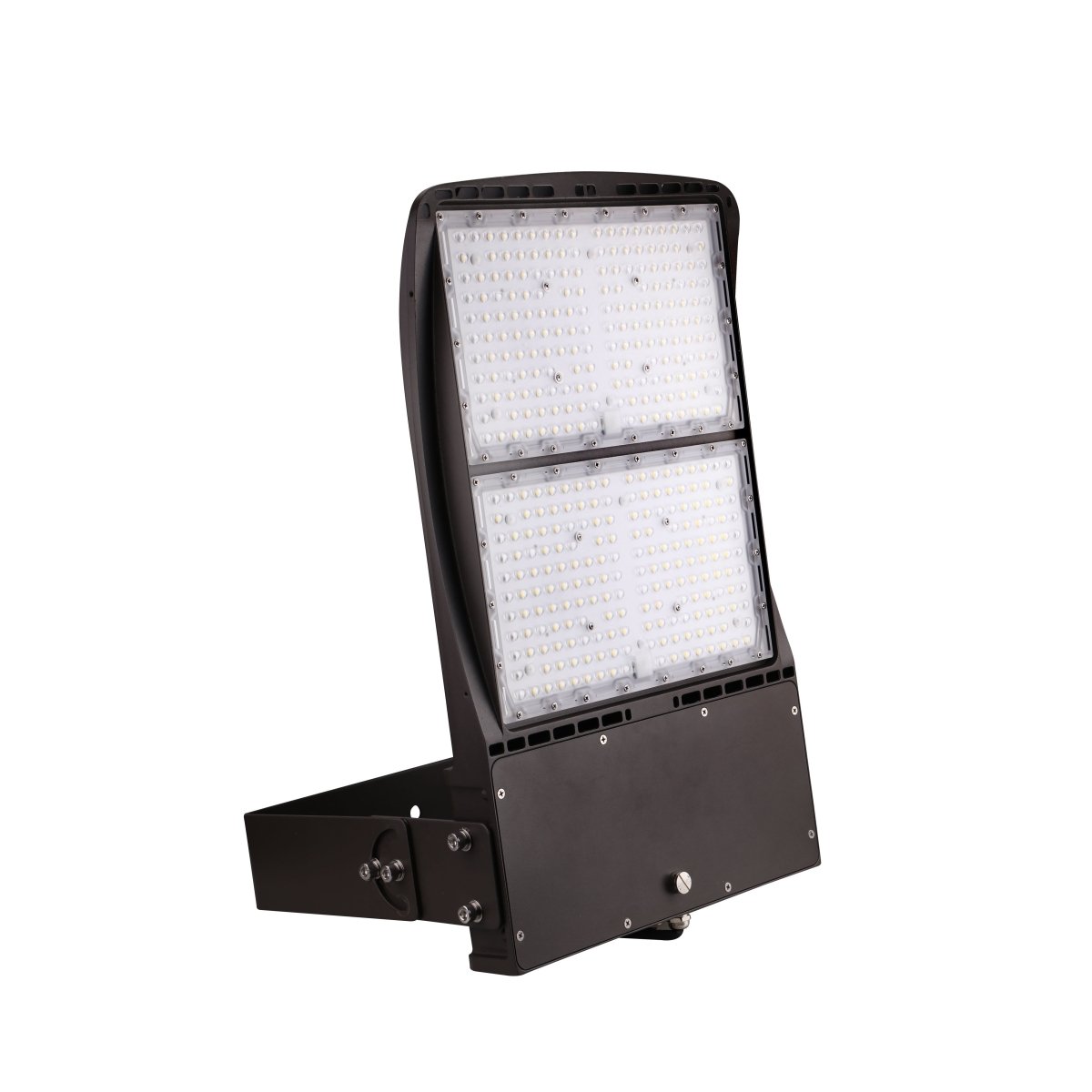
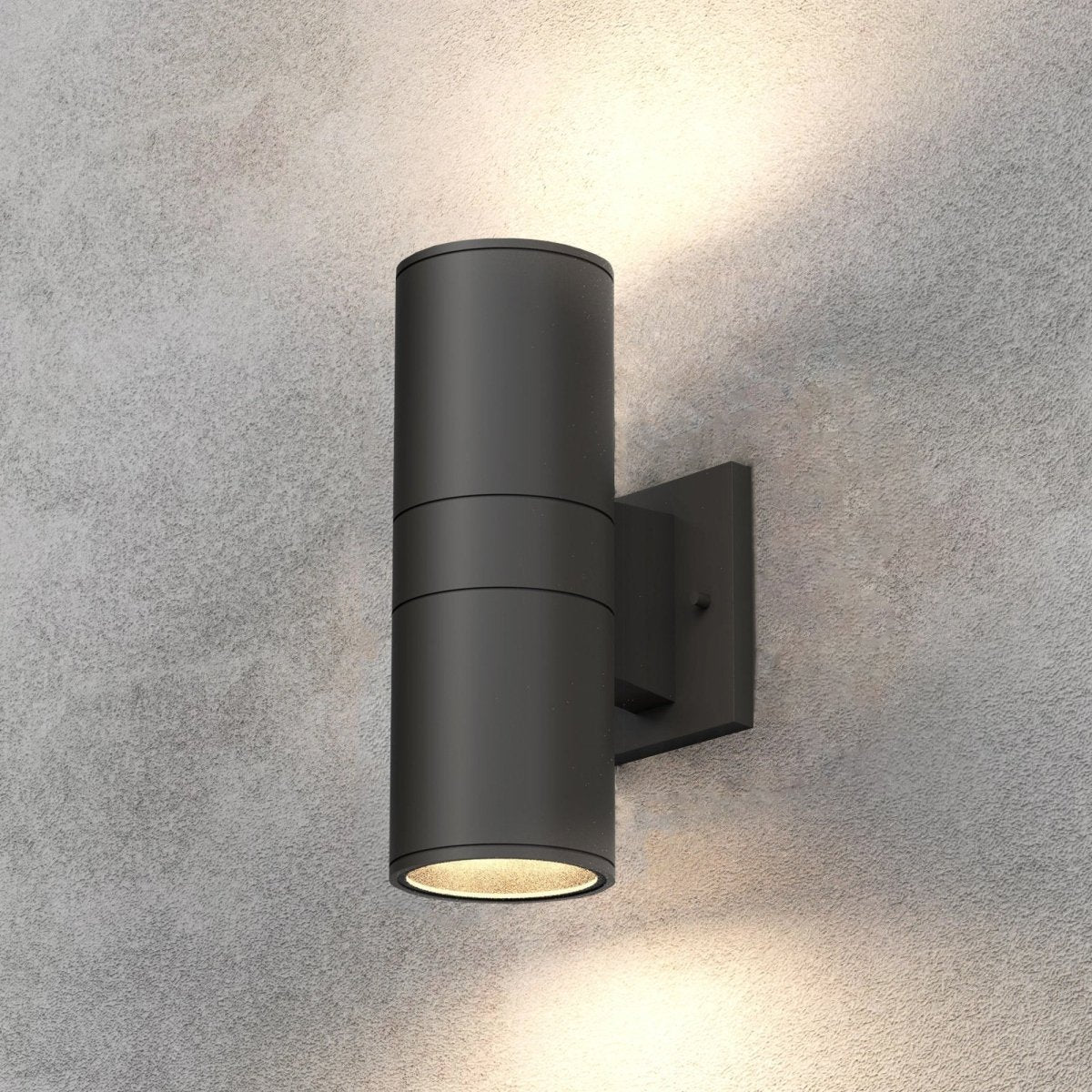
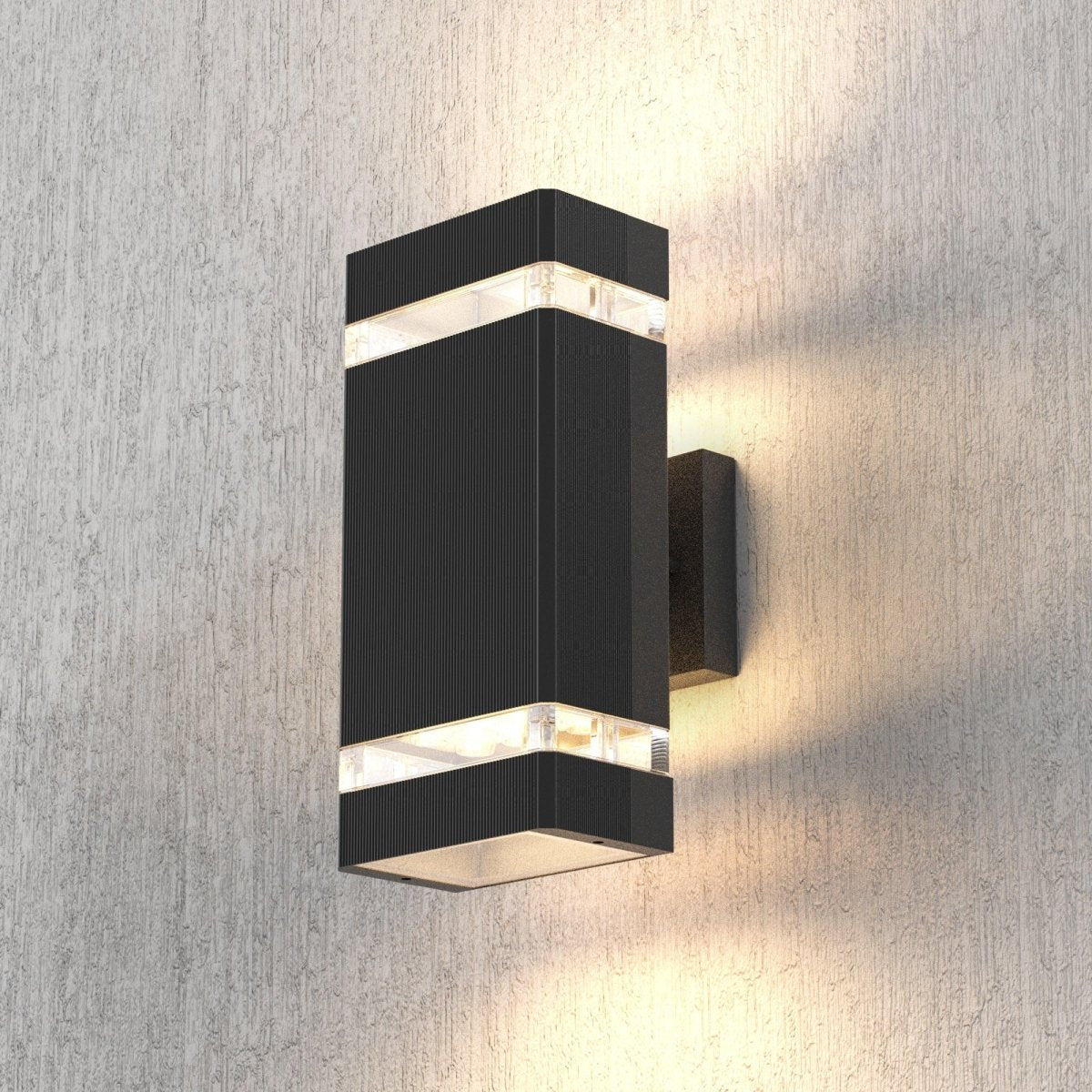

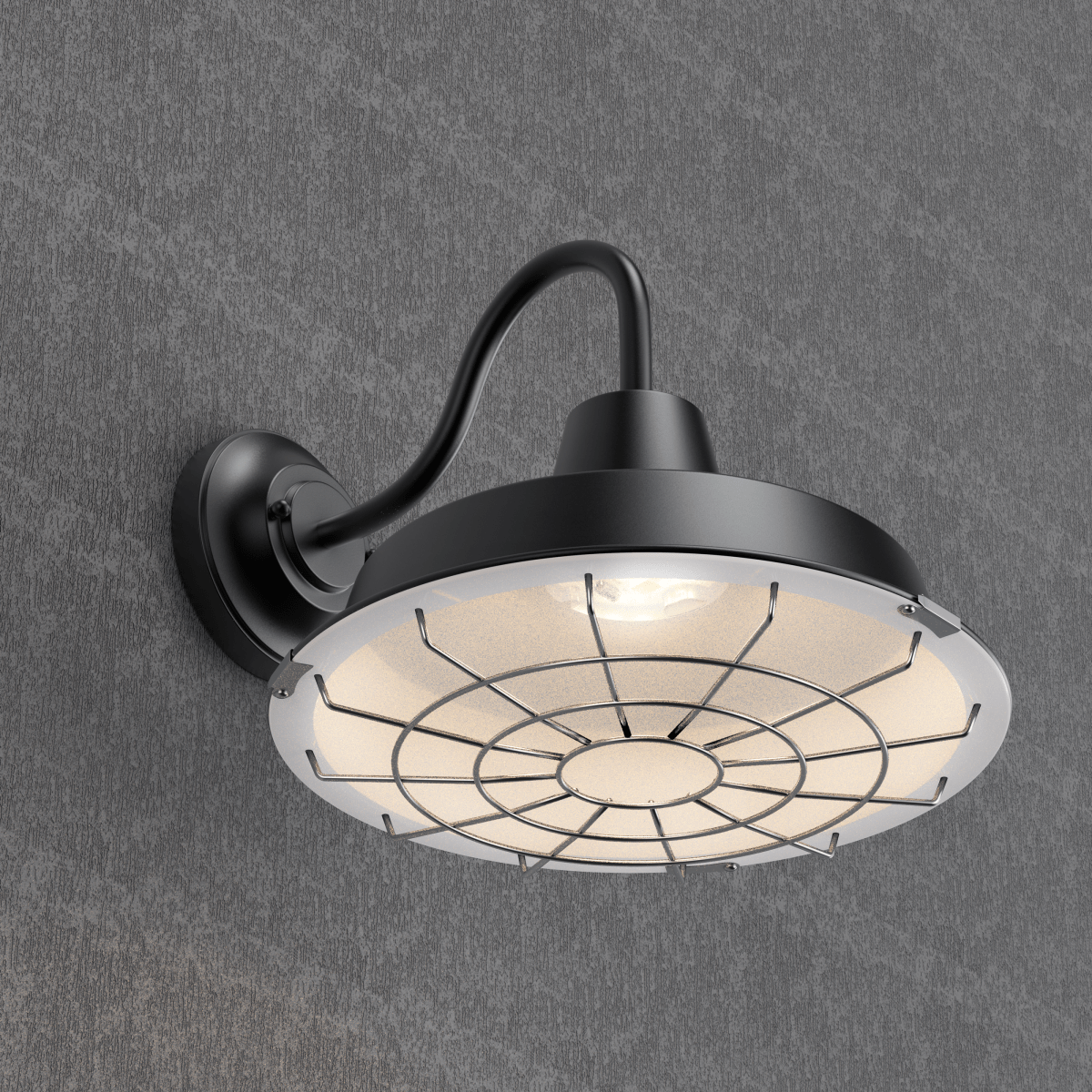
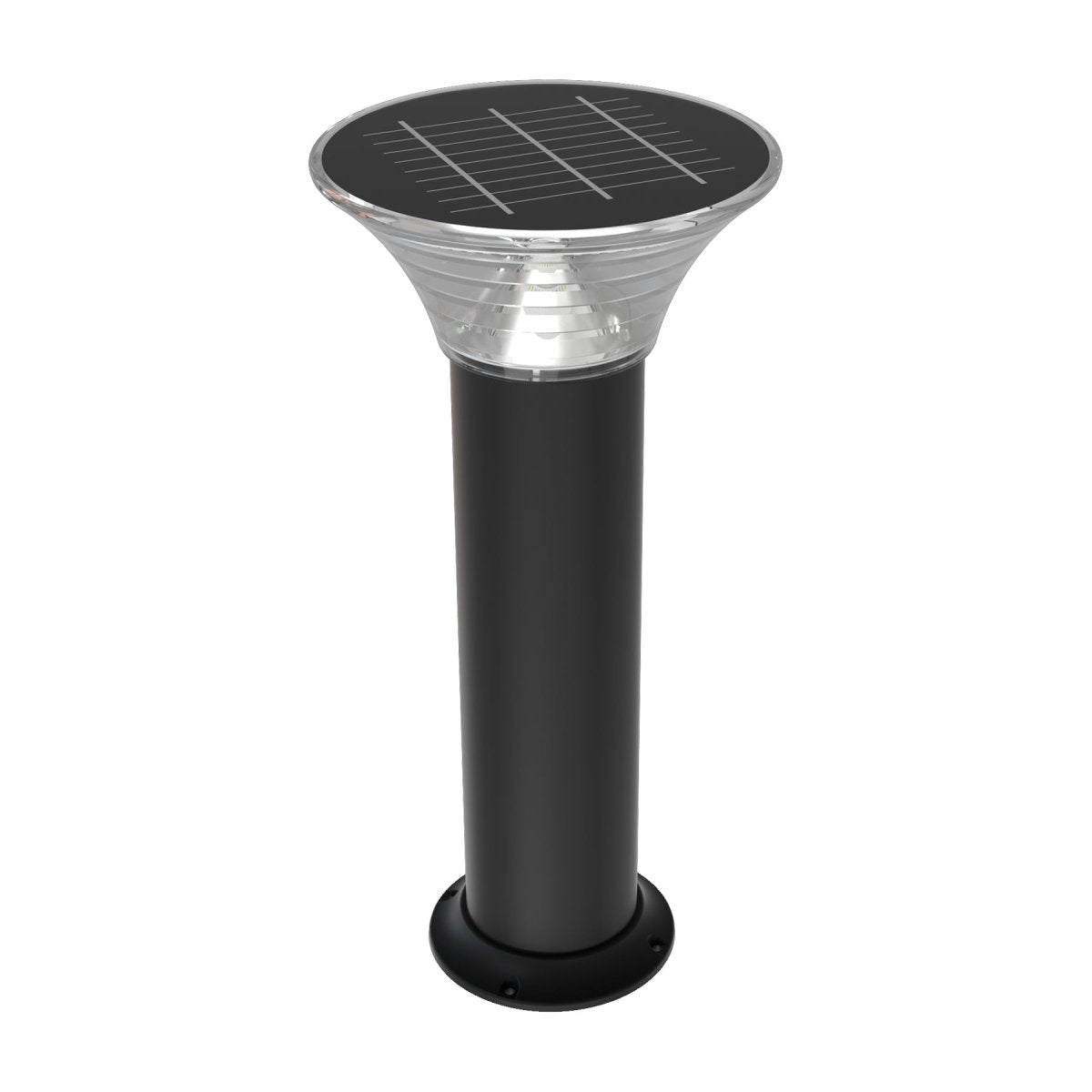
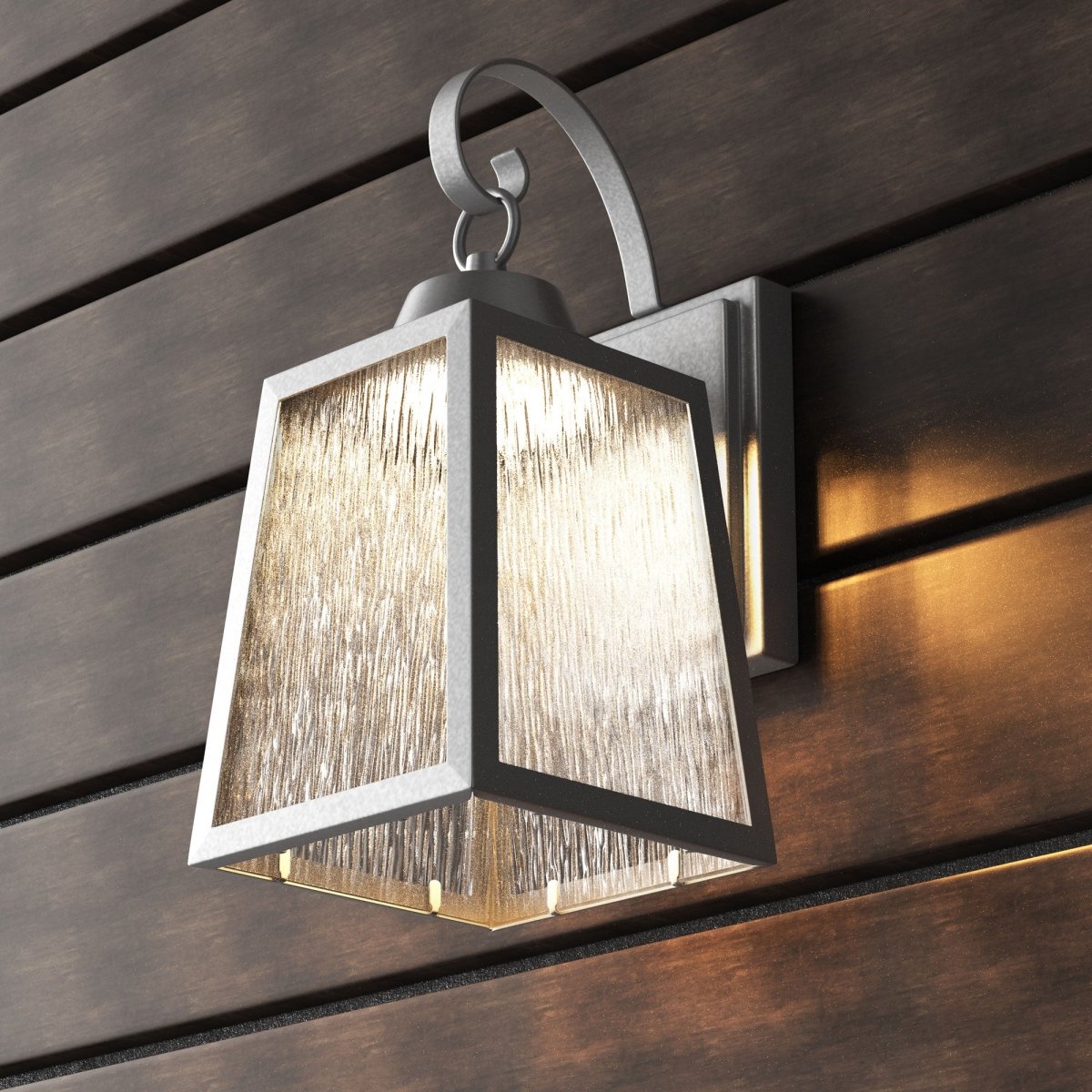
2 comments
Hi Kevin, thanks for your comment!
Here are some LED lighting options for your back and front yard:
For the Front Yard:
LED Flood Lights – Perfect for security and wide coverage near entrances.
LED Pathway Lights – Ideal for walkways leading to your home.
LED Wall Lights – Great for illuminating walls or doorways.
LED Post Lights – Classic option for driveways or pathways.
LED Bollard Lights – Stylish for garden paths or driveway edges.
For the Backyard:
LED String Lights – Create a cozy, decorative ambiance for patios or gardens.
LED Landscape Spotlights – Highlight trees, plants, or garden features.
LED Step Lights – Ensure safety on deck stairs or backyard steps.
LED Recessed Lights – Seamless lighting for patios, pergolas, or seating areas.
LED Solar Lights – Great for eco-friendly lighting around the garden or fence.
Let us know if you’d like recommendations or assistance selecting the perfect lights!
Thank You, Team LEDMyplace
Want to know more about different led options for my back and front yard